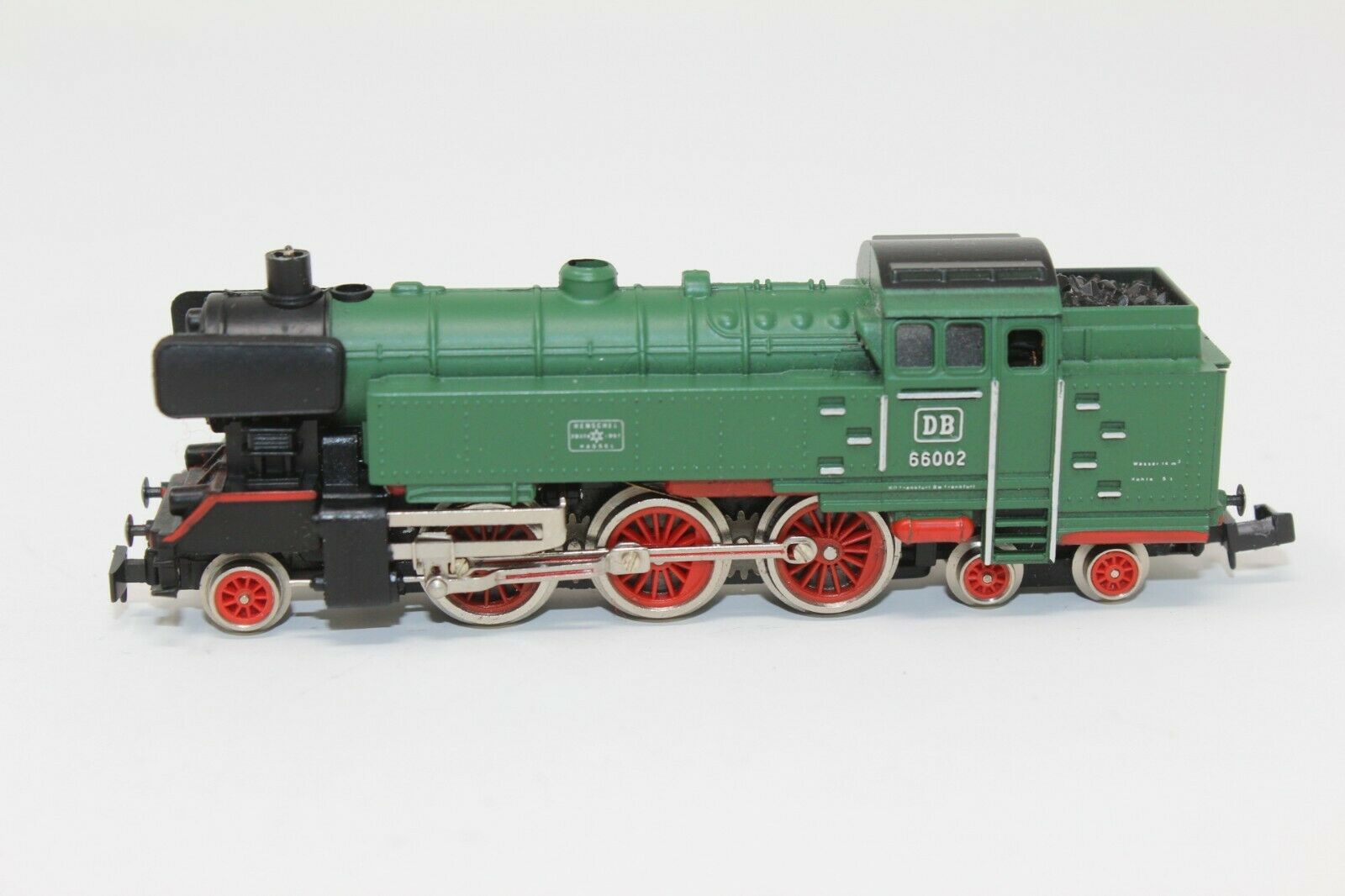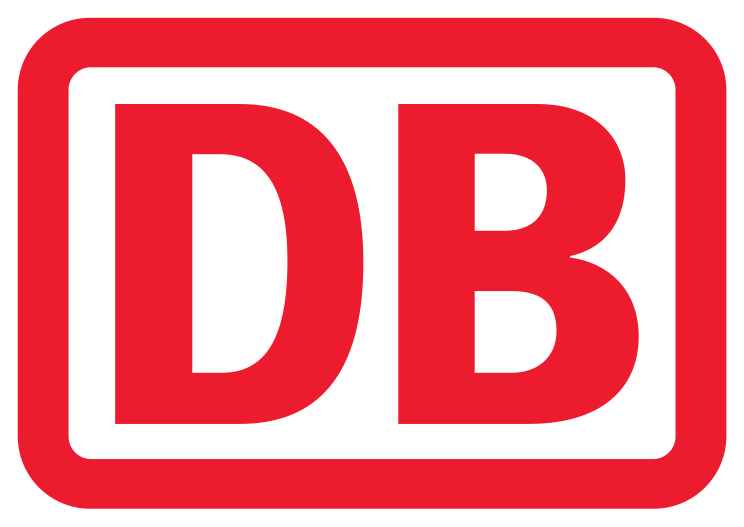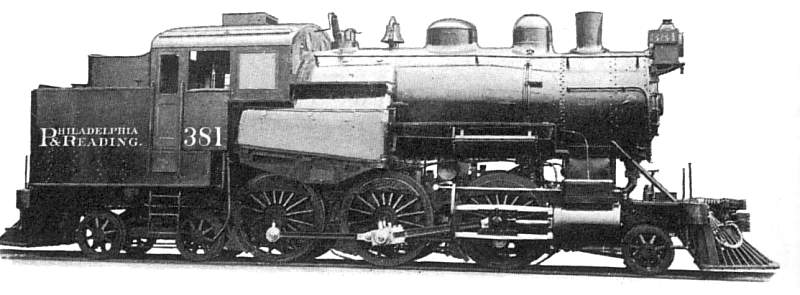DCC Information: Pre-DCC era, not supported.
Prototype History: Under the Whyte notation for the classification of steam locomotives, a 2-6-4 locomotive has two leading wheels, six coupled driving wheels and four trailing wheels. This arrangement is commonly called Adriatic, from the Adriatic Sea, that was bordering, before 1918, the Austria-Hungary empire were this type was first introduced. The Adriatic wheel arrangement was usually used on tank locomotives, for which various suffixes to indicate the type of tank would be added to the wheel arrangement, for example 2-6-4T for an engine with side-tanks.
Tank engines with the 2-6-4T wheel arrangement were produced for many different railway systems worldwide and were mainly used for freight and suburban passenger working. They have been less successful on express passenger trains. The earliest known example also originated in South Africa, the Pretoria-Pietersburg Railway's 55 Tonner of 1898.
In North America, this wheel arrangement was used by a very limited number of companies, mostly for suburban services:
- Boston & Maine / Franklin & Tilton
- Chattanooga & Lookout Mountain
- Illinois Central
- Isthmian Canal Commission/Panama
- Philadelphia & Reading (class Q1-b/c/d)
More information on this site.
Tank engines with the 2-6-4T wheel arrangement were produced for many different railway systems worldwide and were mainly used for freight and suburban passenger working. They have been less successful on express passenger trains. The earliest known example also originated in South Africa, the Pretoria-Pietersburg Railway's 55 Tonner of 1898.
In North America, this wheel arrangement was used by a very limited number of companies, mostly for suburban services:
- Boston & Maine / Franklin & Tilton
- Chattanooga & Lookout Mountain
- Illinois Central
- Isthmian Canal Commission/Panama
- Philadelphia & Reading (class Q1-b/c/d)
More information on this site.
Road Name History: Deutsche Bahn AG (abbreviated as DB, DB AG or DBAG) is a German railway company. Headquartered in Berlin, it is a private joint-stock company (AG), with the Federal Republic of Germany being its single shareholder. Deutsche Bahn describes itself as the second-largest transport company in the world, after the German postal and logistics company Deutsche Post / DHL, and is the largest railway operator and infrastructure owner in Europe. It carries about two billion passengers each year.
Deutsche Bahn (literally "German Railway" in German) came into existence in 1994 as the successor to the former state railways of Germany, the Deutsche Bundesbahn ("German Federal Railway") of West Germany and the Deutsche Reichsbahn ("German Empire Railway") of East Germany. It also gained ownership of former railway assets in West Berlin held by the Verwaltung des ehemaligen Reichsbahnvermögens (Administration of the Former Reichsbahn Assets).
Deutsche Bahn (literally "German Railway" in German) came into existence in 1994 as the successor to the former state railways of Germany, the Deutsche Bundesbahn ("German Federal Railway") of West Germany and the Deutsche Reichsbahn ("German Empire Railway") of East Germany. It also gained ownership of former railway assets in West Berlin held by the Verwaltung des ehemaligen Reichsbahnvermögens (Administration of the Former Reichsbahn Assets).
Brand/Importer Information: Ibertrén is a model train manufacturer based in Barcelona, Spain. Ibertren started its business in 1973, as a subsidiary of Model-Iber. Its objective was the manufacture of toy trains to scale. It was intended to offer a quality toy that at the same time created public for rail modeling. In 1992, Model-Iber ceased its activity due to financial problems. The manufacture of Ibertren was stopped in that year, ending its first period. In 2004 the activity of the brand was resumed, dedicated to rail modeling directed to adults in scale H0 and abandoning completely the sector for youngsters. In 2008 the production of elements in scale 2N re-emerged. The company full name after relaunch is "Ibertrén Modelismo S.L.".
Ibertrén started producing N (1: 160) scale models, which they called 3N, with a dedicated 3rd-rail power pick-up. The system was not performing well and was also incompatible with the system commonly used by other manufacturers. It was finally abandoned in favor of the conventional N 2-rail power pick-up that Ibertrén called 2N that was introduced in the early 1980's.
Documentation including all catalogs and price lists from 1973 to 1992 can be found on www.TrenMiniatura.es shared space.
Ibertrén started producing N (1: 160) scale models, which they called 3N, with a dedicated 3rd-rail power pick-up. The system was not performing well and was also incompatible with the system commonly used by other manufacturers. It was finally abandoned in favor of the conventional N 2-rail power pick-up that Ibertrén called 2N that was introduced in the early 1980's.
Documentation including all catalogs and price lists from 1973 to 1992 can be found on www.TrenMiniatura.es shared space.
Item created by: CNW400 on 2021-09-01 15:28:21
If you see errors or missing data in this entry, please feel free to log in and edit it. Anyone with a Gmail account can log in instantly.
If you see errors or missing data in this entry, please feel free to log in and edit it. Anyone with a Gmail account can log in instantly.











